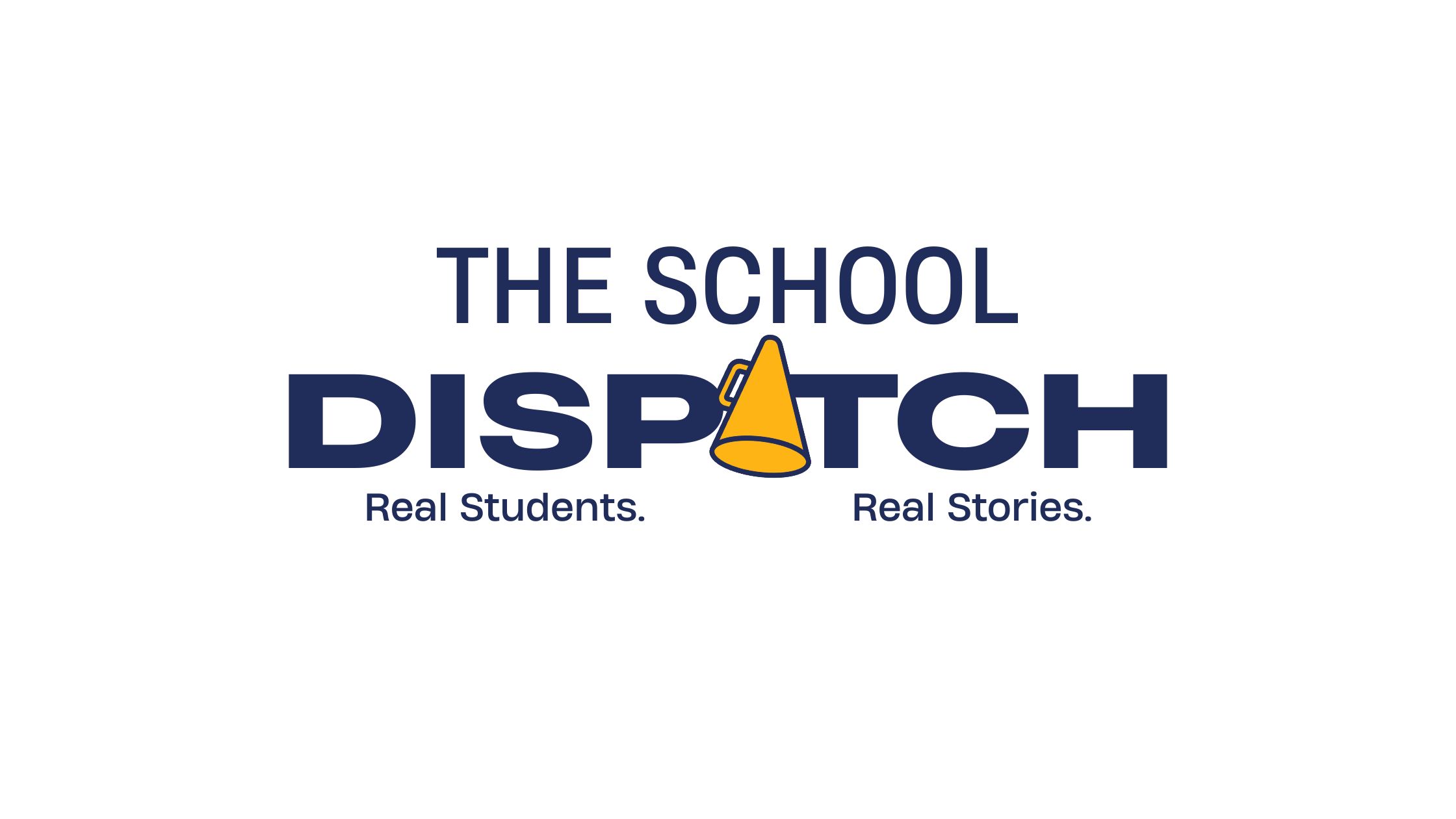In a 2021 op-ed for the Lexington Herald-Leader, Daksha Pillai, then a junior at Paul Laurence Dunbar High School, wrote about the importance of young people deciding for themselves what books they read, rather than their parents. Now, efforts to ban books from school and public libraries alike are happening across the country: 2023 data from American Library Association spanning January 1 to August 31 showed a 20% increase in book banning and challenging attempts from 2022’s reporting period.
PEN America issued a report on the most banned books of the 2022-2023 school year. Of books banned during the 2022-2023 school year, the report outlined that
“30 percent include characters of color or discuss race and racism” and “30 percent LGBTQ+ characters or themes.” PEN America also notes that there is “disproportionate targeting” of books for and by individuals with underrepresented identities, including, the report said, people of color, LGBTQ+ people, and people with disabilities.
In addition to being a form of censorship, targeting of books that involve marginalized communities, or are by marginalized authors, is damaging. “With marginalized students, especially, I feel like we've spent most of our lives engaging with content that doesn't reflect us,” Pillai told The New Edu. “And so for us, it's a choice when we engage with something that does.” Students who may not hold marginalized identities might spend their entire life reading content that reflects their world. “I think everybody deserves to have that choice, no matter their identity,” Pillai said.
When the ability to choose what one reads from a diverse selection of topics, themes, and ideas readers is restricted, social issues have less potential to be addressed, and less identities, cultures, and experiences are represented and celebrated.
Analyzing Damages: Representation of Marginalized Communities and Impact on Vulnerable Students
According to a story from PBS, most books that have been challenged or banned focus on elements of race, gender identity, sexuality, and history. Based on a report by the American Library Association's Office of Intellectual Freedom, in 2022, Kentucky had 22 legislative attempts to restrict access to books. 70 titles were challenged in those attempts, and Gender Queer: A Memoir has been the most challenged title. (In fact, according to the ALA, it was the most challenged book of 2022.) The book was written by author Maia Kobabe, and is a graphic novel following eir experiences finding eir identity.
The organization Stand With Trans, a nonprofit that supports trans youth and their loved ones, mentioned in an article reviewing the book that “all eir stories are heartfelt, deeply honest, raw and personal, yet also told with good humor and Maia’s wonderful graphic art.”
Prejudice toward people of different identities persists as an undertone to these bills that target works that showcase inclusivity. Most notably, Kentucky Senate Bill 5 requires school boards to adopt a complaint resolution policy for parents challenging materials they deem harmful to minors, and has been criticized for being a “book-banning” bill. In the passing of this bill, legislators took strong stands on Gender Queer. When the bill was heard in the Senate Education Committee in February, the only book Senator Lindsey Tichenor cited as an example of “offensive material” was Gender Queer: A Memoir, according to reporting by the Kentucky Lantern. Senate Bill 5 has been enacted as of July 1, 2023.
Students and advocates alike have raised concerns about censorship leading to students having a lack of understanding of different people and ideas they are not actively exposed to, or not seeing themselves represented.
“Banning books silences the voices of marginalized communities,” Jennie Samons , the Lexington Public Library Teen Librarian at the Northside Branch, told The New Edu. “Youth who are not exposed to lived experiences similar to their own can feel isolated, detached, and lonely, so exposure to these books and materials is essential to their mental health and well-being.”
That is echoed by Tala Saad, a freshman at Vanderbilt University who wrote a research paper about censorship. “Being exposed and being able to consume content that exposes me to other people's identities and other people's stories gives a basic sense of empathy in a way that you can't get without hearing from stories that expose you to these kinds of topics and the lives that other people live,” said Saad.
Furthermore, it also matters who sees themselves in materials, according to experts. “If you are trying to ban books with Black characters, or LGBTQ characters, you're kind of saying to kids who fit into those categories that your stories are not important. Your stories don't belong in the library in the schools; I don't want my kids to know about people like you,” Dr. Shannon M. Oltmann, an Associate Professor in the School of Information Science, College of Communication and Information at the University of Kentucky who teaches library science, told The New Edu.
Oltmann also speaks to personal experience. ”If I just had a few books that had queer characters, characters who are like me, that would have made a world of difference to me growing up,” Oltmann added.”It would have helped me understand myself, explain myself to my family and my friends, and made things a lot easier for my coming out process and my growing up.”
Fortunately, there have been cases where requests to remove books from school libraries have been unsuccessful. In September 2022, a Jefferson County Public Schools decision-making group opposed the banning of Gender Queer: A Memoir from the libraries of Liberty High School and the Phoenix School of Discovery, as reported by The Courier Journal. They justified this dissent through substantial and objective proof of the book's “serious literary value.” The decision was a triumph for queer students who empathize with the book and all those who appreciate its significance.
In addition, Senator Karen Berg made a statement regarding the importance of access to different kinds of stories when Senate Bill 5 was heard in the Senate Education Committee. When evaluating a list of books deemed problematic for children, including one in which a girl was raped by her father, Berg stated that though Senator Tichenor doesn’t believe her child needs to see that book, there is likely another child in the state who has had that experience, and “that book may be a lifeline.”
Beyond the Challenges: Efforts Against Book Bans
Though the war of censorship brews beyond words, many students and advocates are preparing for battle. In the fall of 2022, during Banned Books Week, the Lexington Public Library in Kentucky organized its first banned book club meeting for teens, a means to help thwart censorship nationate, according to Samons, who hosts the Teen Banned Books Club.
“I wanted youth to feel empowered to access information, and to be able to have meaningful conversations about the books that are being challenged, many of which center LGBTQ voices, or are written by Black or Latino authors,” explained Samons. “Our youth deal with these topics on a daily basis, and it is vital for them to be able to access these stories that are being censored.”
Beyond Kentucky, the Brooklyn Public Library runs the Books Unbanned initiative, which includes offering a free National Teen eCard to young people ages 13-21 throughout the United States. BPL began an Intellectual Freedom Teen Council, which virtually gathers every month to discuss book challenges, connect with teen activists throughout the country, strategize methods of support, and more.
There are a handful of other ways teens can be engaged in making a difference when it comes to book challenges. “We're seeing that most of the power for both ends is being handed to school boards and higher school administration,” Tala Saad pointed out. “If books are trying to be banned in your county, go to a school board meeting [and] speak on that.”
Samons suggested that teens can fight censorship by both organizing their own reading groups and learning how local government functions. That way, young people have a better idea of who to contact in order to make change happen.
Oltmann pointed to the importance of connecting with educators on these issues. “This sounds really simple, but you can just thank your teachers and librarians for the work that they're doing,” Oltman said. “A lot of them are facing a lot of criticism and a lot of challenges these days. And it's kind of hard to keep doing your job under those conditions.”
Books have minds of their own. Stories can be told, lessons can be taught, art can be expressed, and souls can be reached. Books can also give a voice to the most vulnerable. Engaging with all different kinds of media, developing oneself intellectually, and enriching your worldview is “essentially how you build a world that you do want to live in,” Daksha Pillai added.
Carlie Hall contributed reporting.












%20(1).png)

